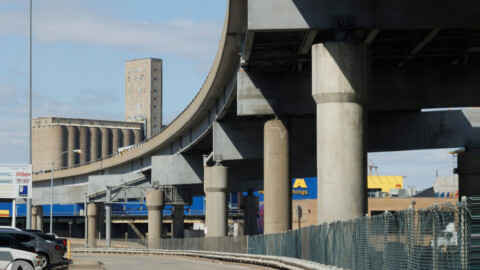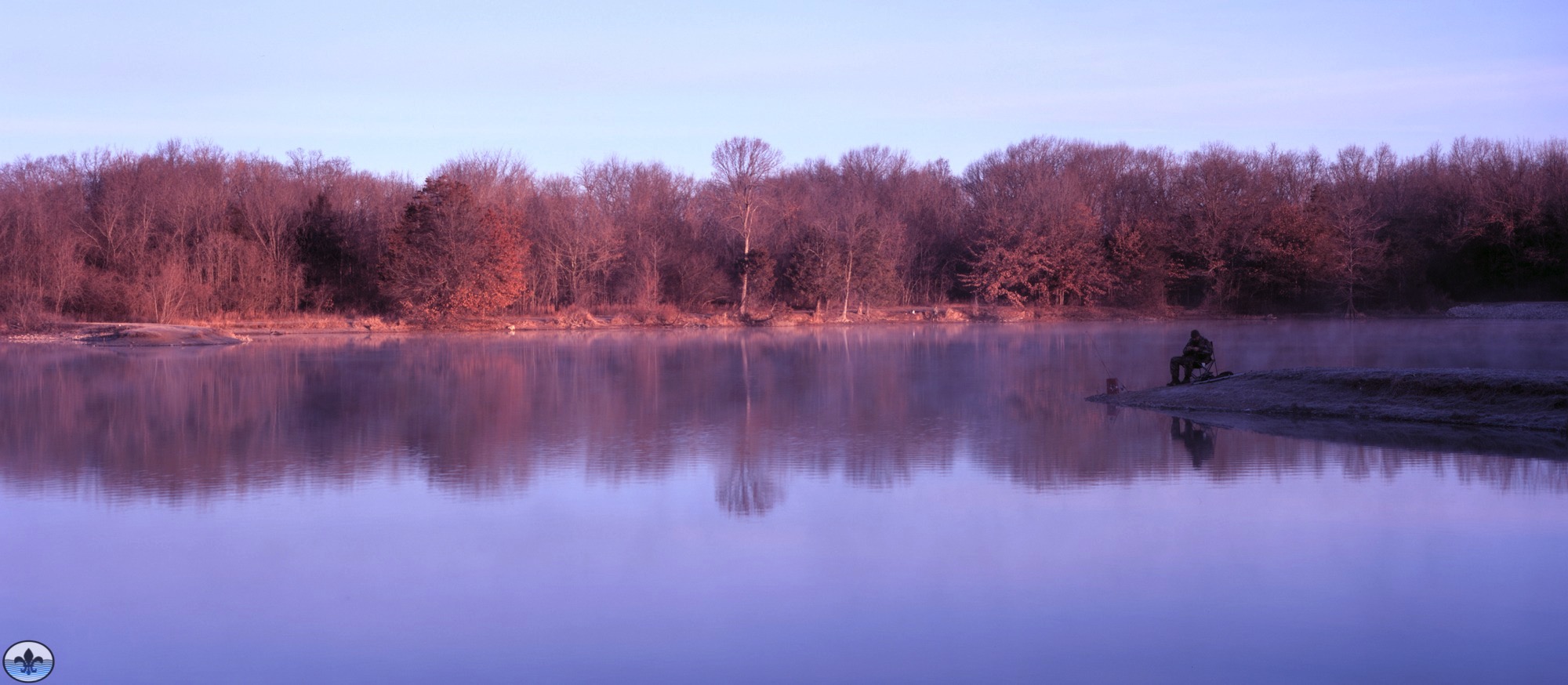
photo by Jim Harter
August A. Busch Memorial Conservation Area is a nearly 7,000-acre wildlife and recreation area that includes more than two dozen lakes/ponds, a firearm and archery range, miles of hiking trails and more. During World War II, some of the area was used by the military in the development of TNT and DNT, and some former military buildings remain onsite.
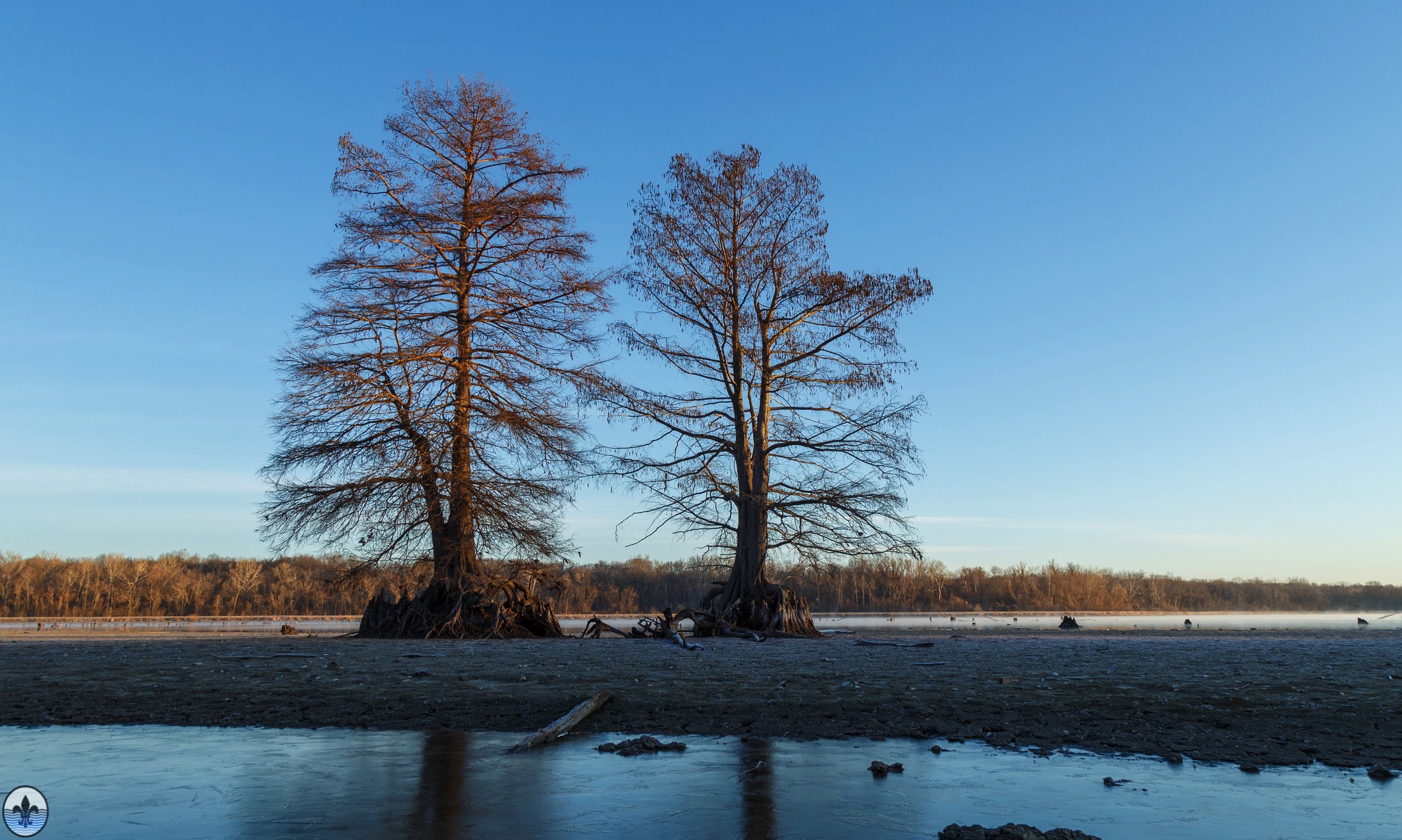
photo by Mike Matney
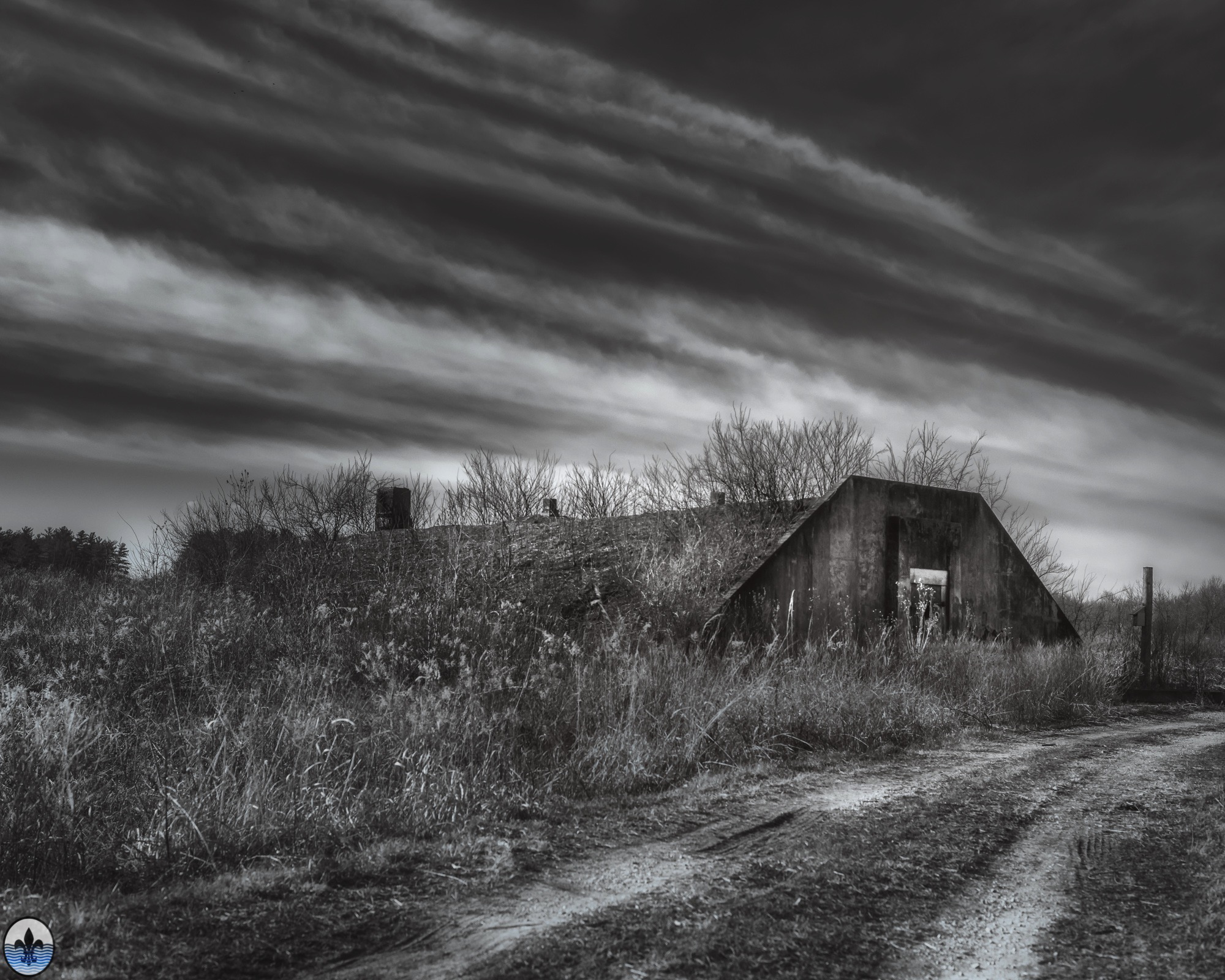
photo by RJ Wilner
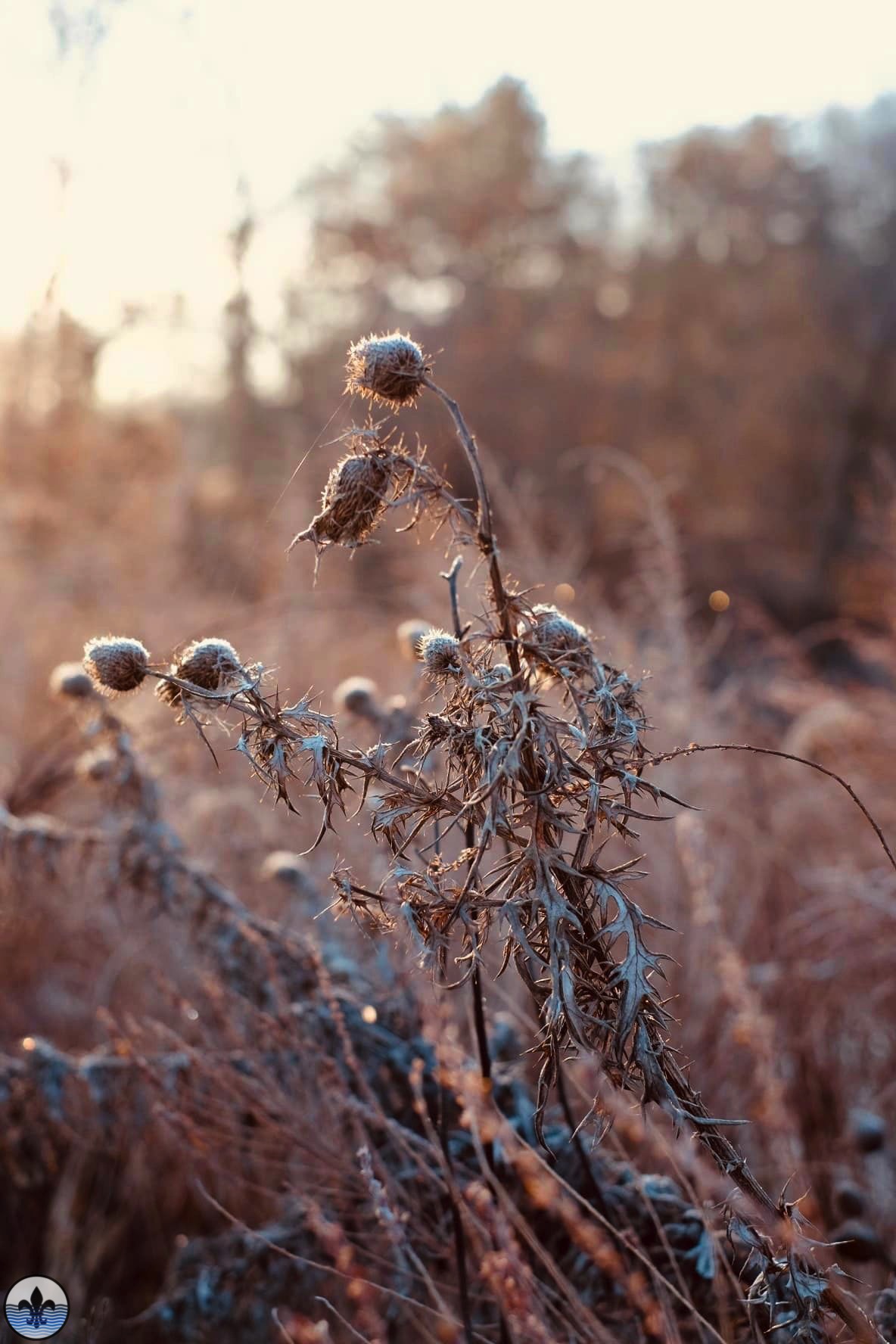
photo by James Palmour
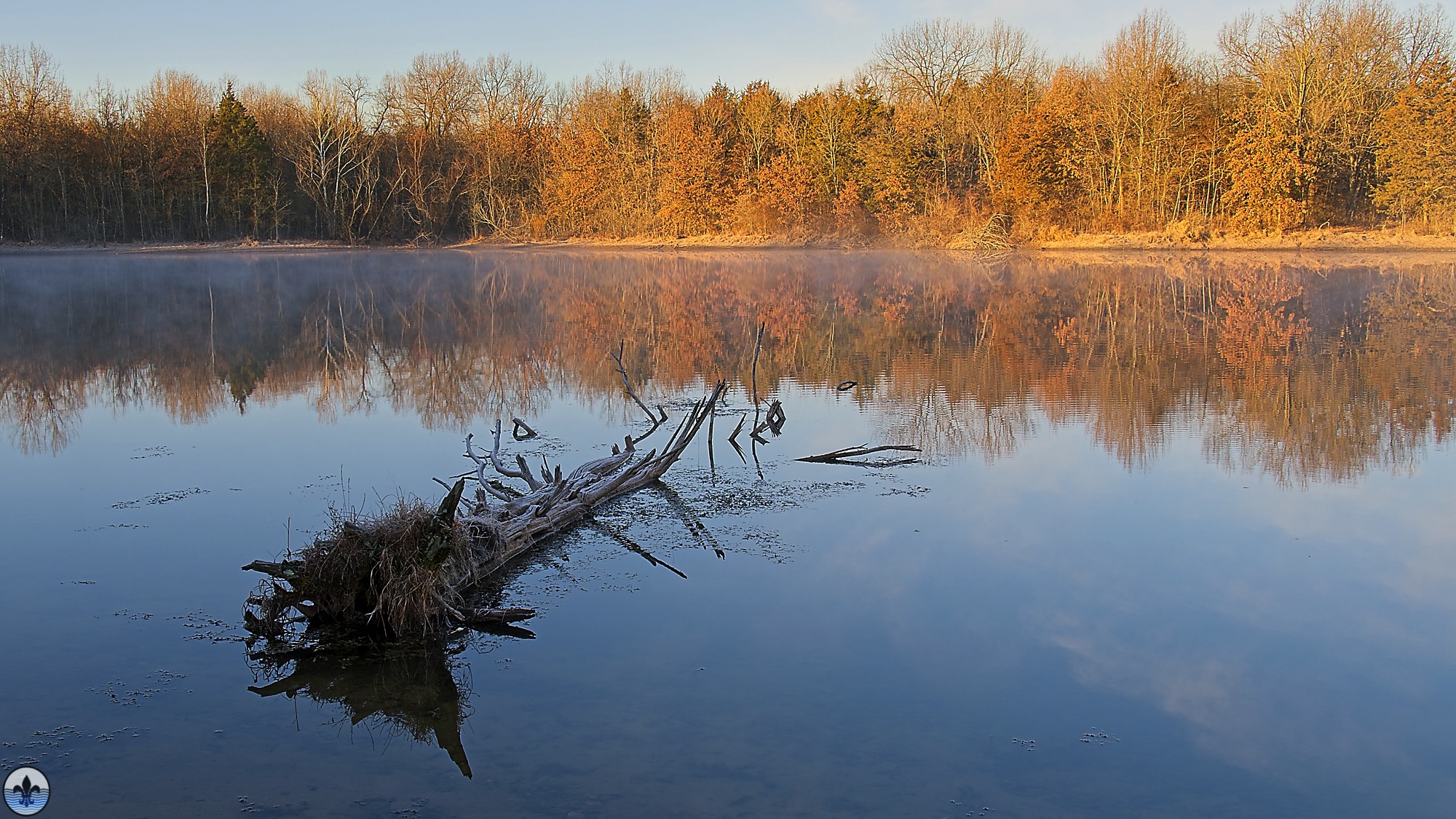
photo by Mark McKeown
In 1934, August Anheuser Busch, Sr. (Anheuser-Busch Brewery president responsible for piloting the St. Louis institution through Prohibition) killed himself in the family mansion at Grant’s Farm after a prolonged and painful battle with illness. In 1947, Mr. Busch’s widow, Alice, donated $70,000 to purchase the land for the conservation area, which was named in his honor. This is not exactly where the story begins, however.
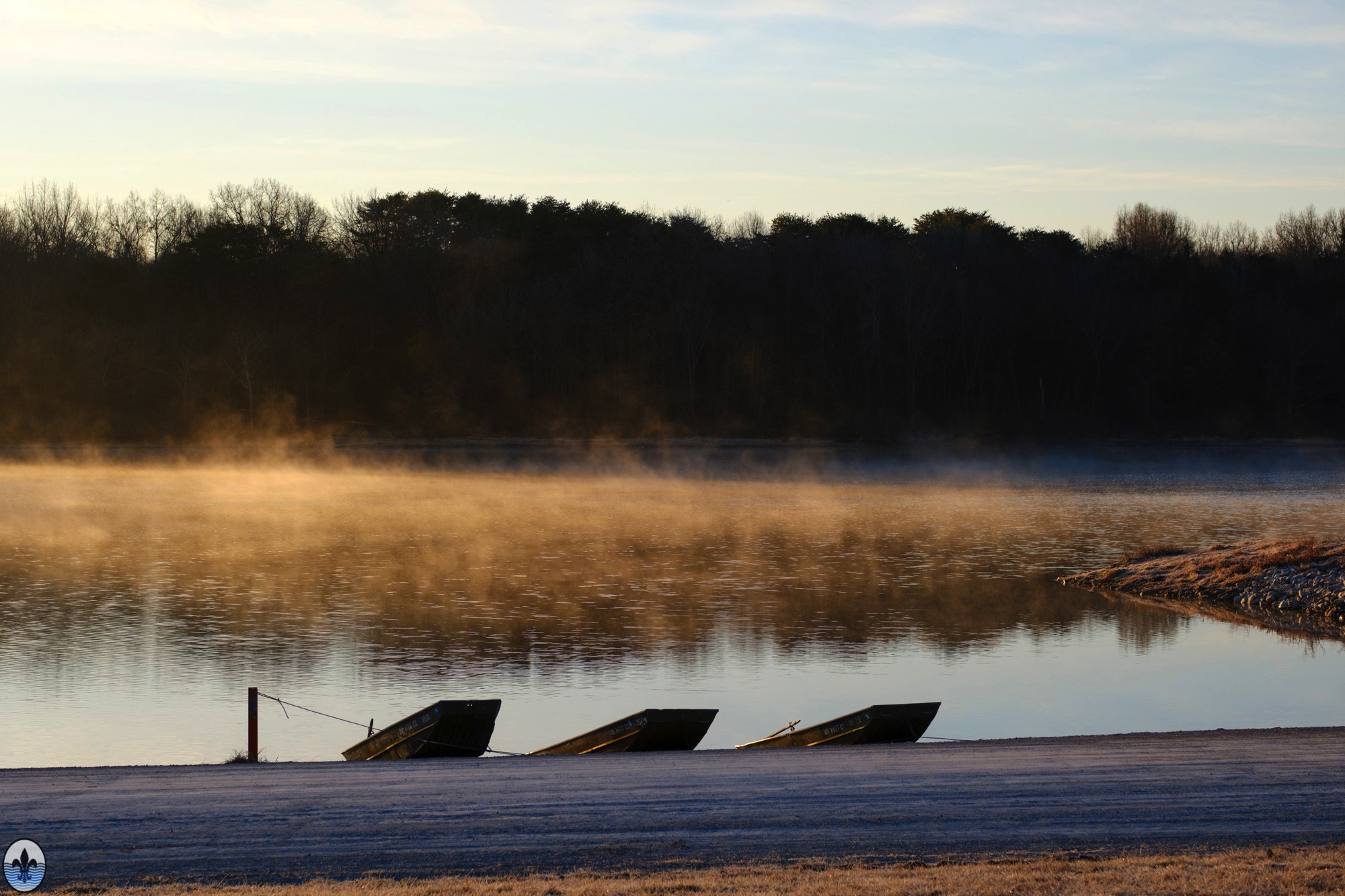
photo by Jason Gray
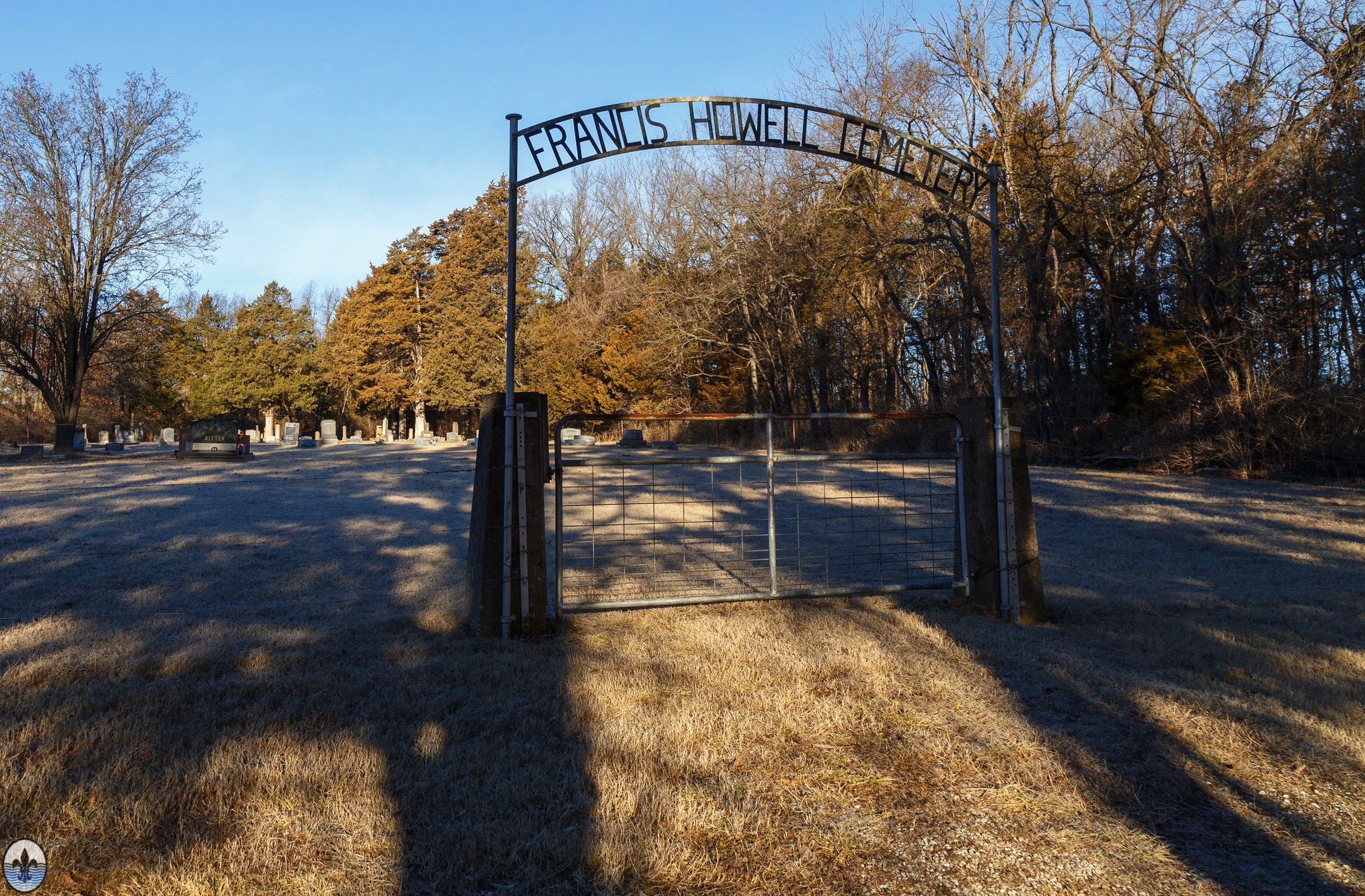
photo by Mike Matney
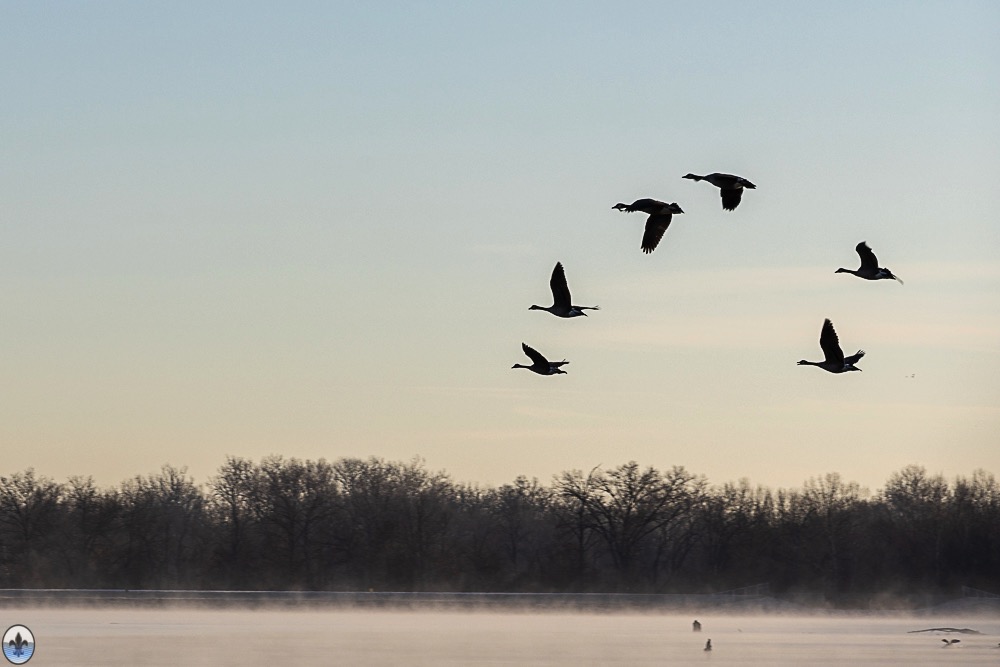
photo by Jane DiCampo
The locations for August A. Busch Memorial Conservation Area and nearby Weldon Spring Site were originally settled in the 1830’s by German immigrants (entranced to the United States for the prospects offered by Missouri’s “New Rhineland“). Several, small communities formed, including Hamburg, Toonerville and Howell, though the area remained largely agrarian in nature. In 1940, as part of the United States’ support of allies fighting in World War II, the U.S. Government purchased more than 17,000 acres, which it used to establish the Weldon Spring Ordnance Works, causing the evacuation and subsequent demolition of Hamburg and other unincorporated communities within the purchase area. More than 600 residents had to be relocated, some less than willingly. Today, though there are interpretive trails commemorating the locations of these settlements, all that truly remains of them are a few gravel roads, some crumbled ruins of stone structures and bridges, and the small, family cemeteries scattered throughout the landscape (some overrun by time and vegetation).
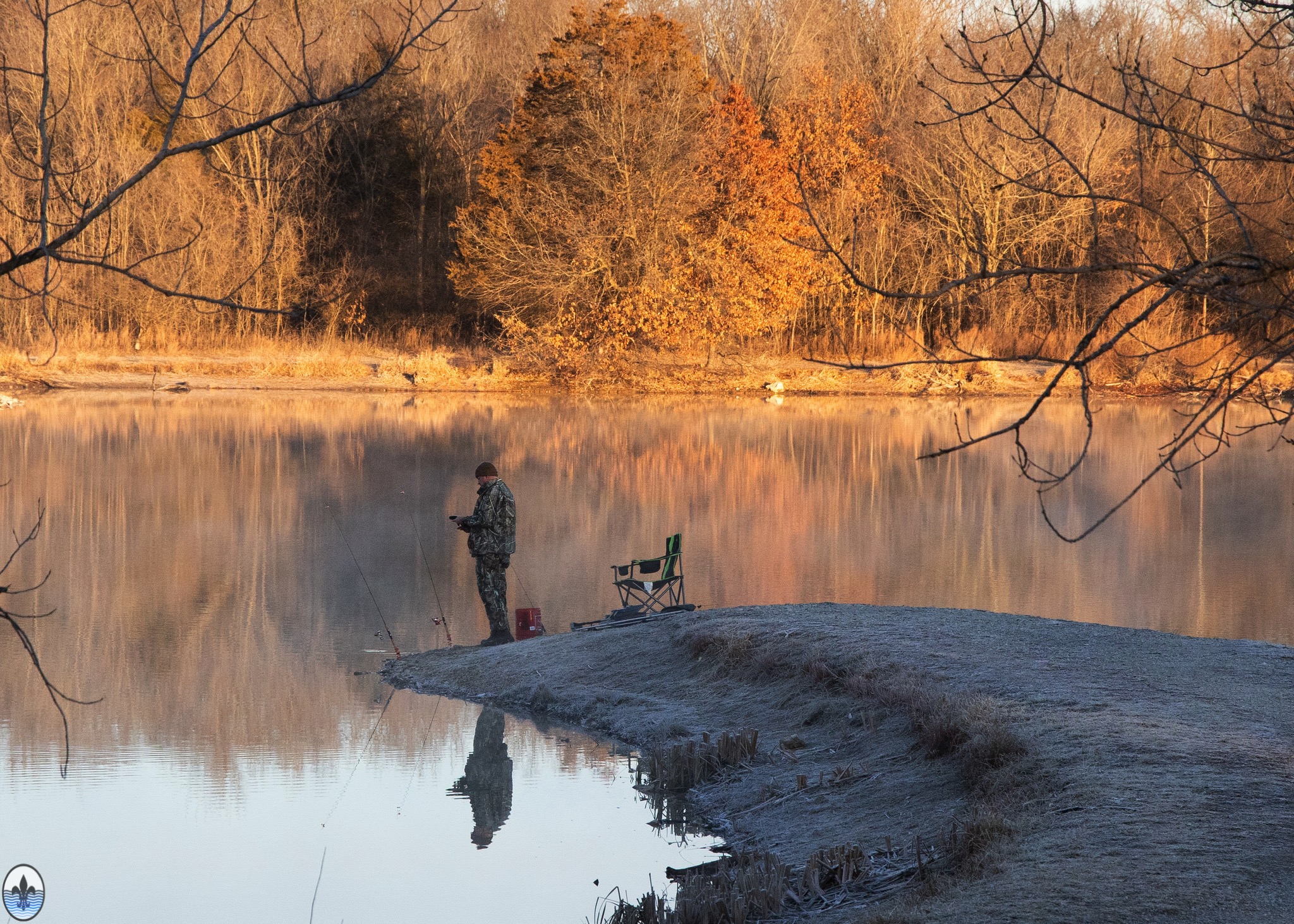
photo by Maureen Minich
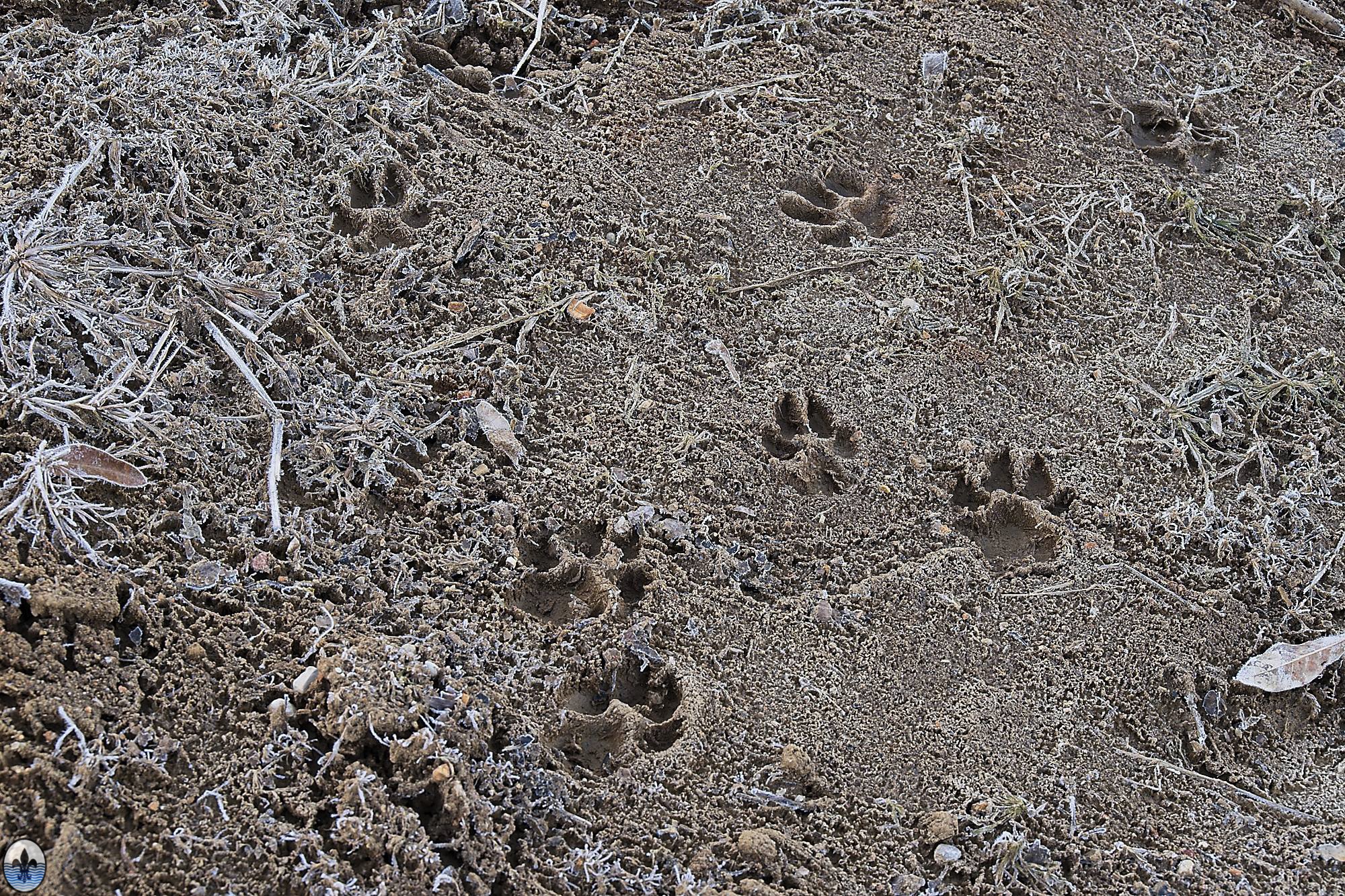
photo by Mark McKeown
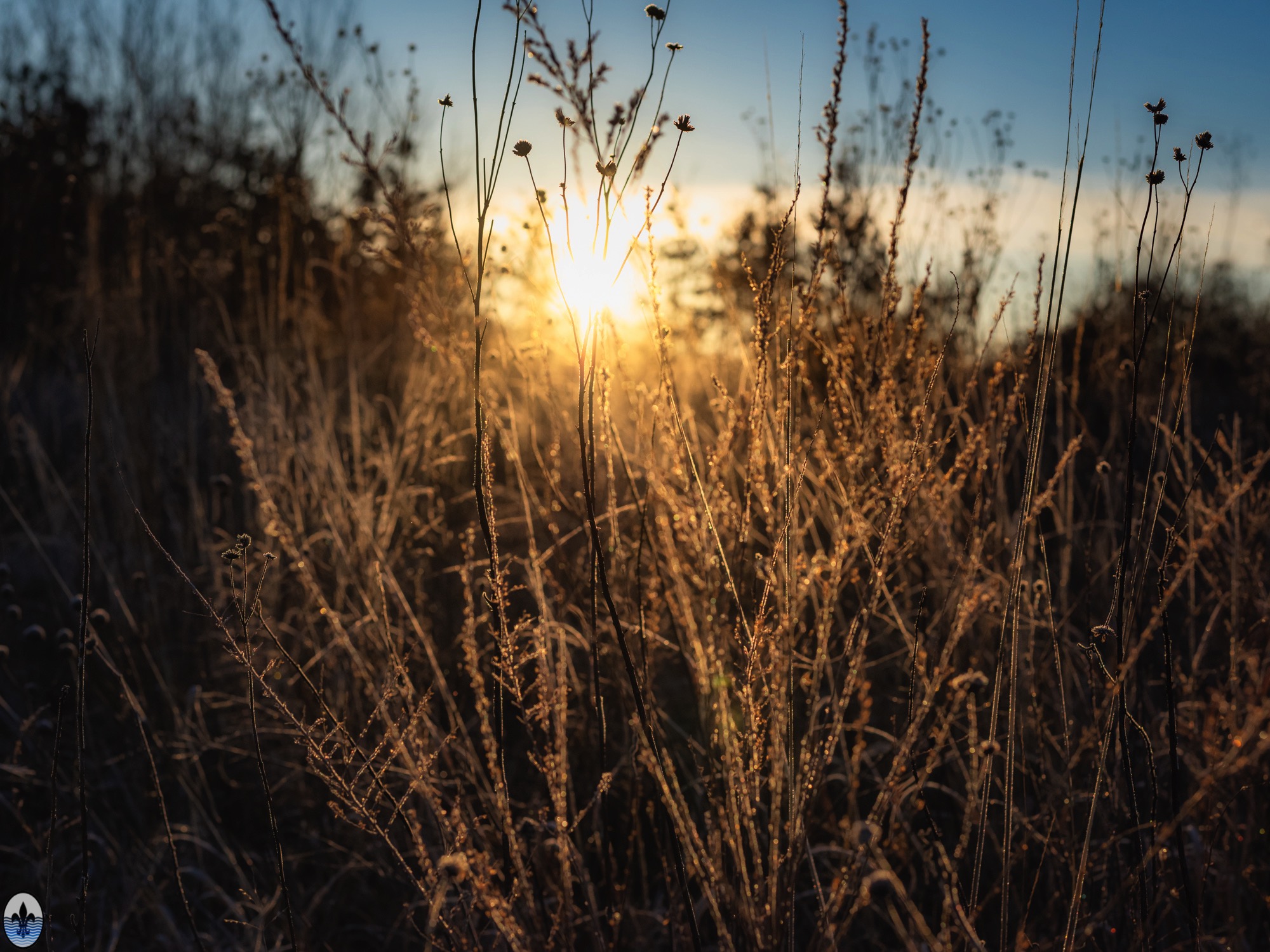
photo by RJ Wilner
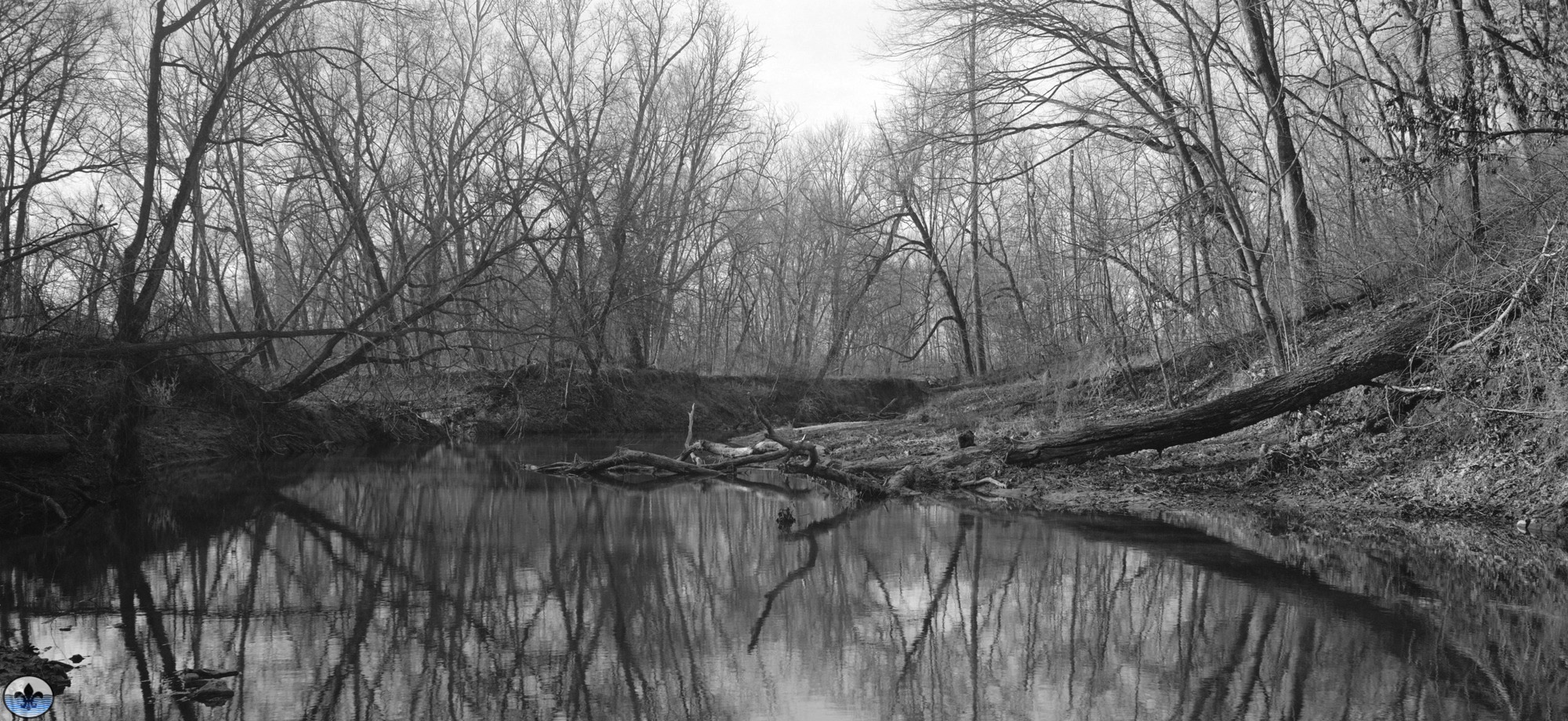
photo by Jim Harter
In the beginning of the U.S. Government’s occupation of the region, the Atlas Powder Company was responsible for the manufacture of more than 700 million pounds of TNT and DNT for the war movement. The U.S. Army disposed of TNT-contaminated materials into a nearby, former limestone quarry, which impacted the groundwater for the region. After the war, the land that remained unsold was transferred to the Atomic Energy Commission, and the Weldon Spring Chemical Plant was constructed for uranium processing (which, unfortunately, continued to use the former quarry for the disposal of radioactive material). This facility was operated by Mallinckrodt, who had performed an instrumental role in the development of the atomic bombs used during World War II and whose St. Louis legacy began (and continues) in the city’s Near North Riverfront neighborhood. Uranium processing continued onsite until 1966, when the facility was turned over to the U.S. Army. In 1984, the United States Environmental Protection Agency identified the former quarry and chemical plant as national priorities for remediation, and the former ordnance works where added in 1989 (this is the area that extends into August A. Busch Memorial Conservation Area). For the next ten years, the EPA spearheaded an effort to decontaminate and/or contain radioactive or otherwise toxic materials located in the conservation area and Weldom Spring Site. This process was completed in 2001, and was turned over for recreational use following. Altogether, it is an interesting, if troubling, legacy of the United States’ contributions to the Second World War. The more than 100 bunkers in August A. Busch Memorial Conservation Area are among the last vestiges remaining from this era.
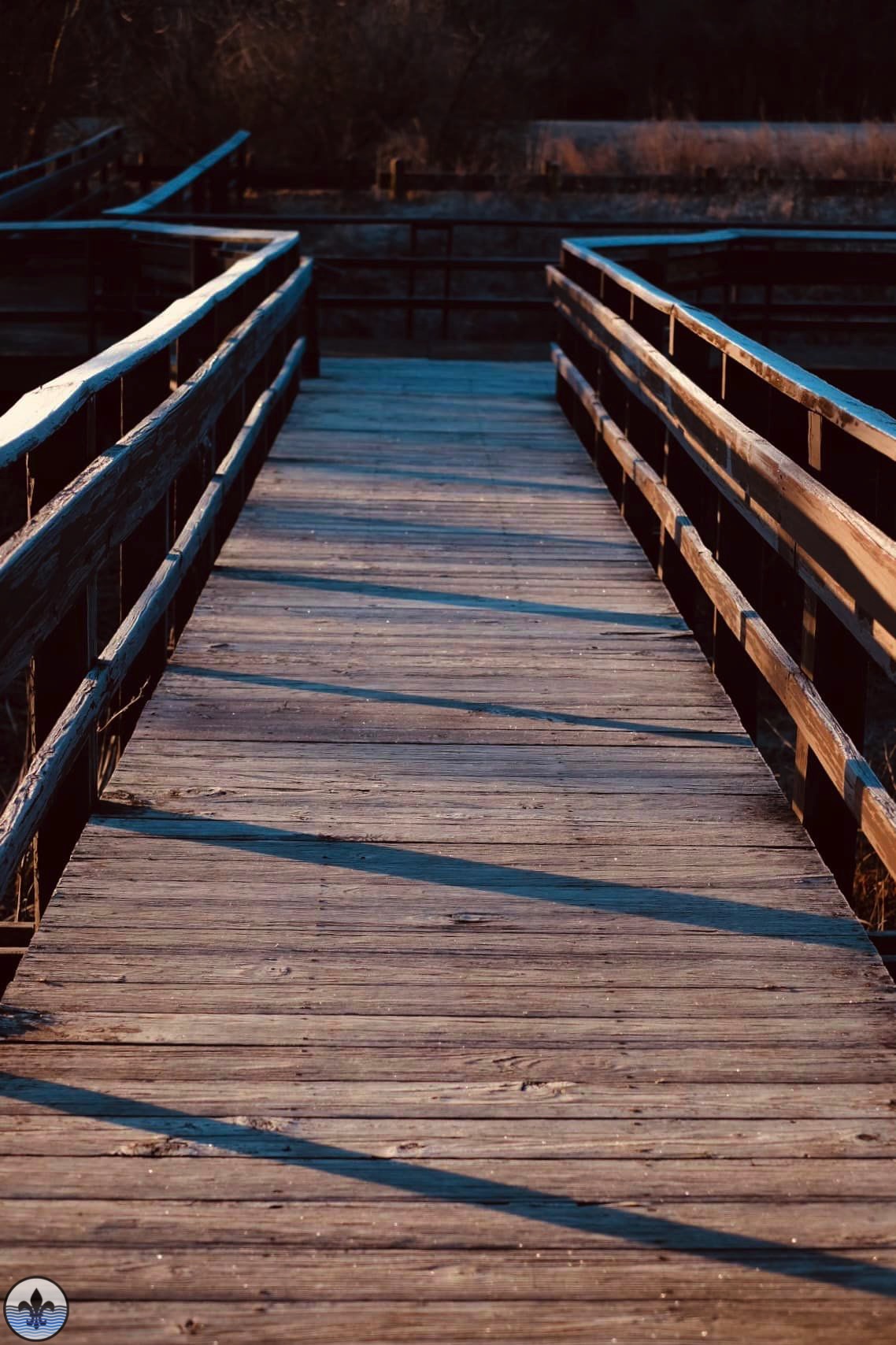
photo by James Palmour
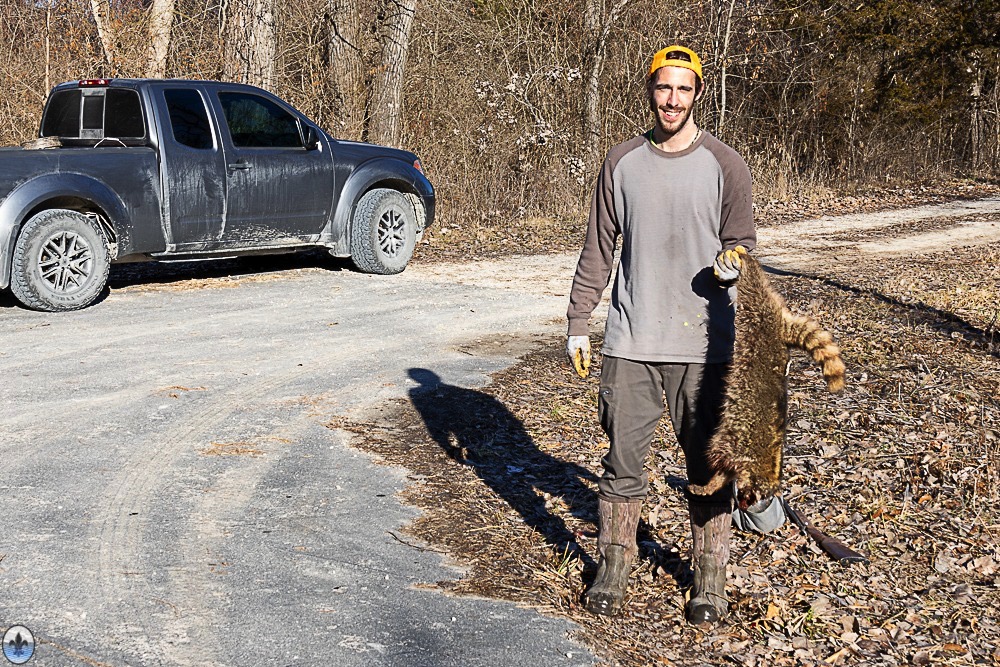
photo by Jane DiCampo
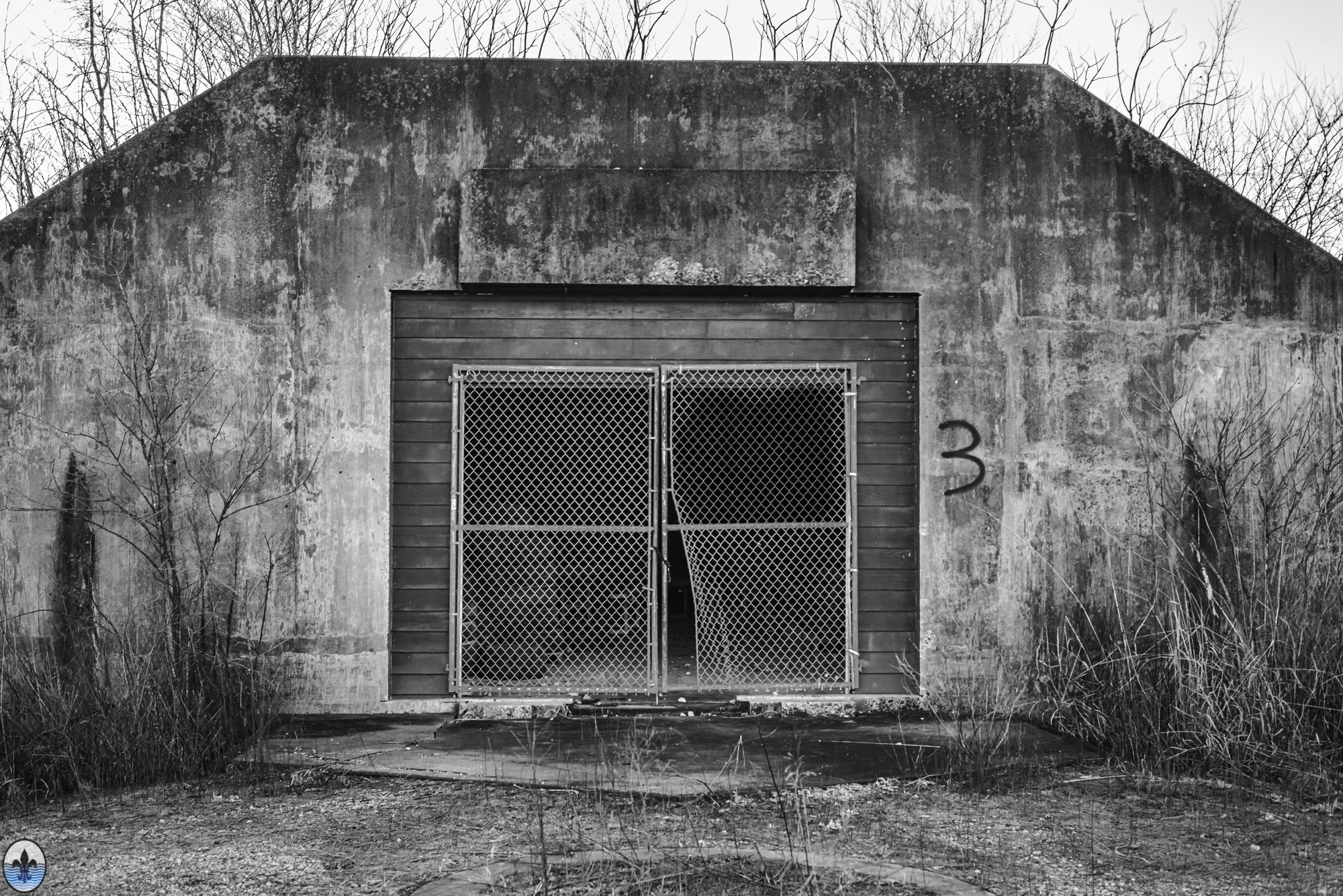
photo by RJ Wilner
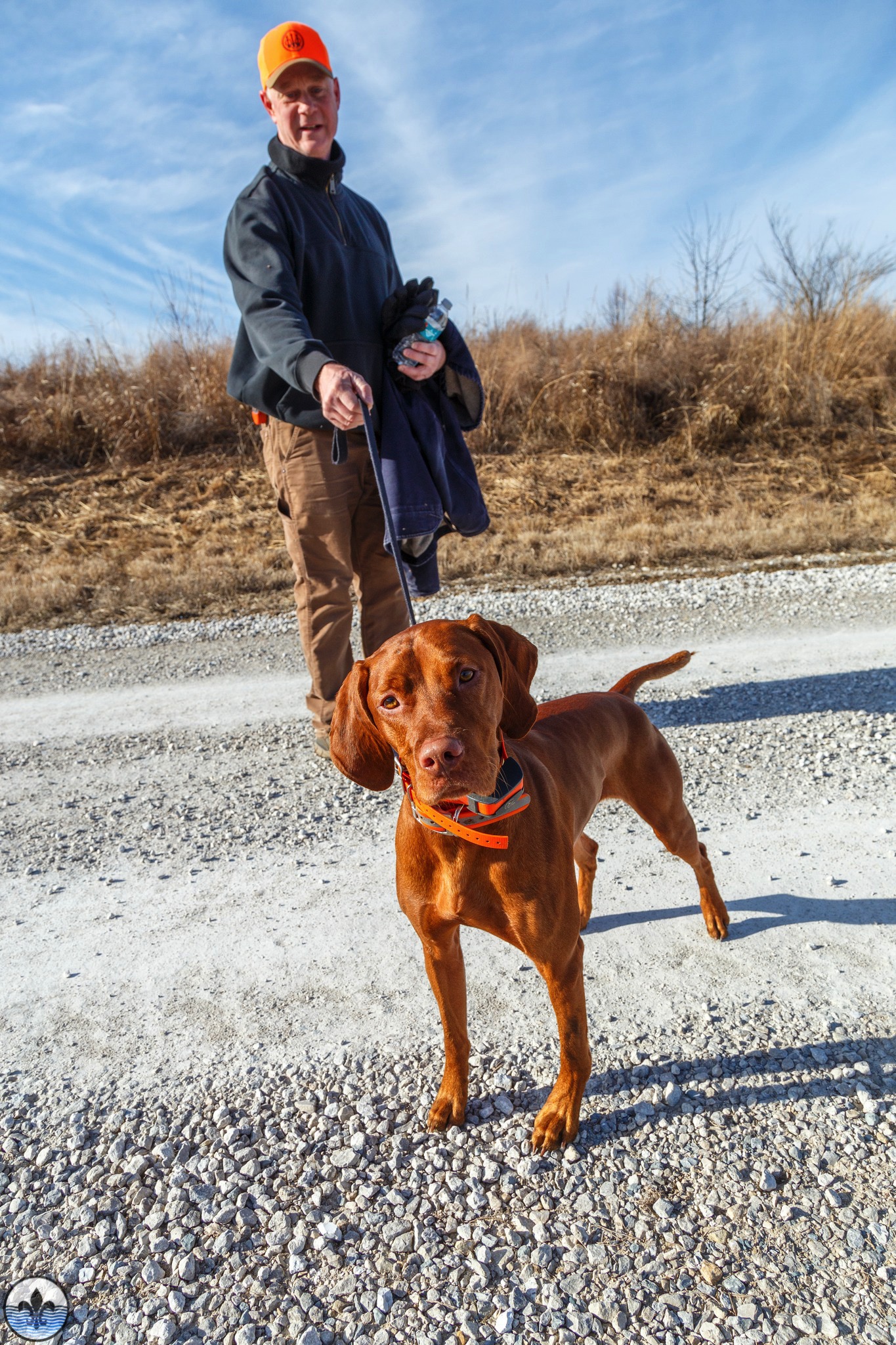
photo by Mike Matney
Today, August A. Busch Memorial Conservation Area is among the St. Louis region’s most popular spots for outdoor recreation. The site consists of roughly 7,000 acres, including over 3,000 acres of forests and 500 acres of ponds and lakes. Annually, the area sees over 250,000 visitors, with fishing accounting for nearly 63% of the draw. The August A. Busch Shooting Range and Outdoor Education Center and James T. Blair IV Archery Range Complex are beloved facilities for area hunters, who also hunt within the conservation areas during established hunting seasons.
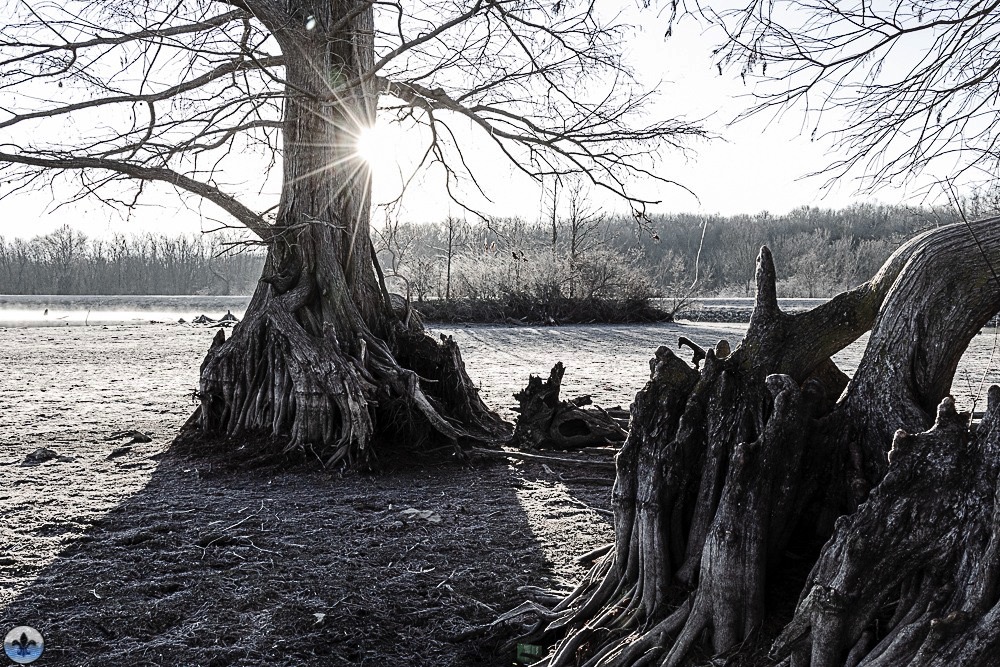
photo by Jane DiCampo
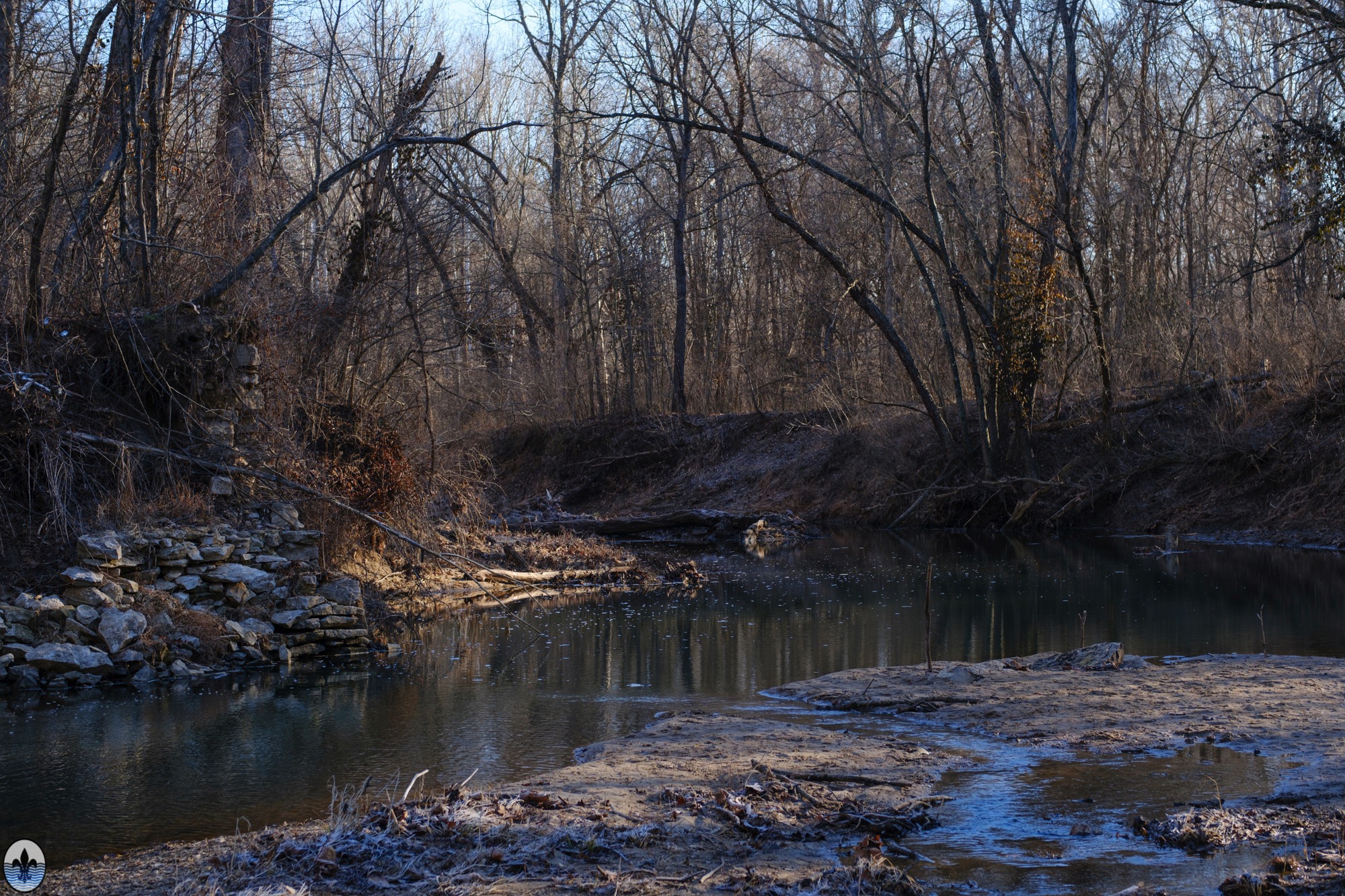
photo by Jason Gray
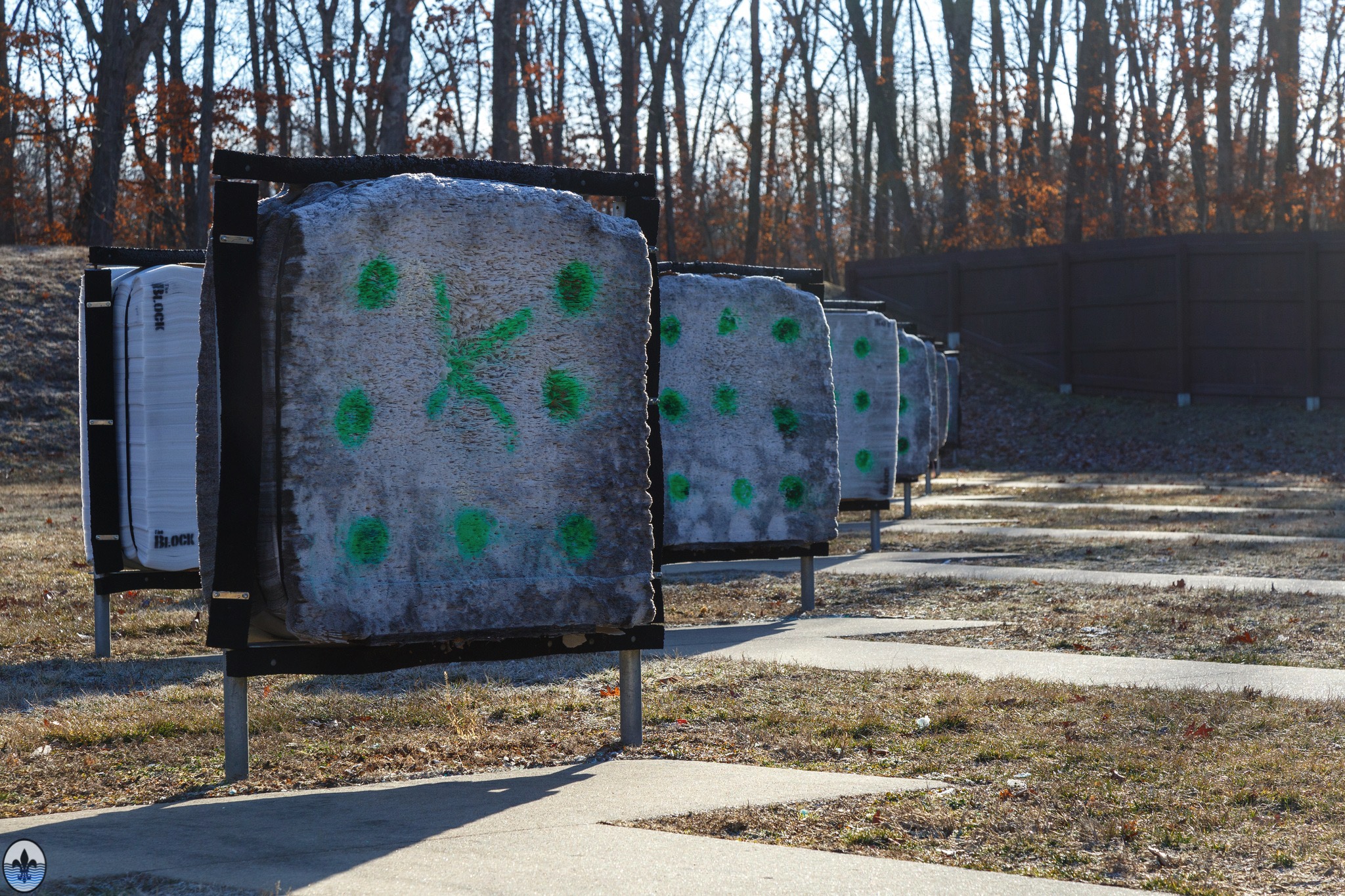
photo by Mike Matney
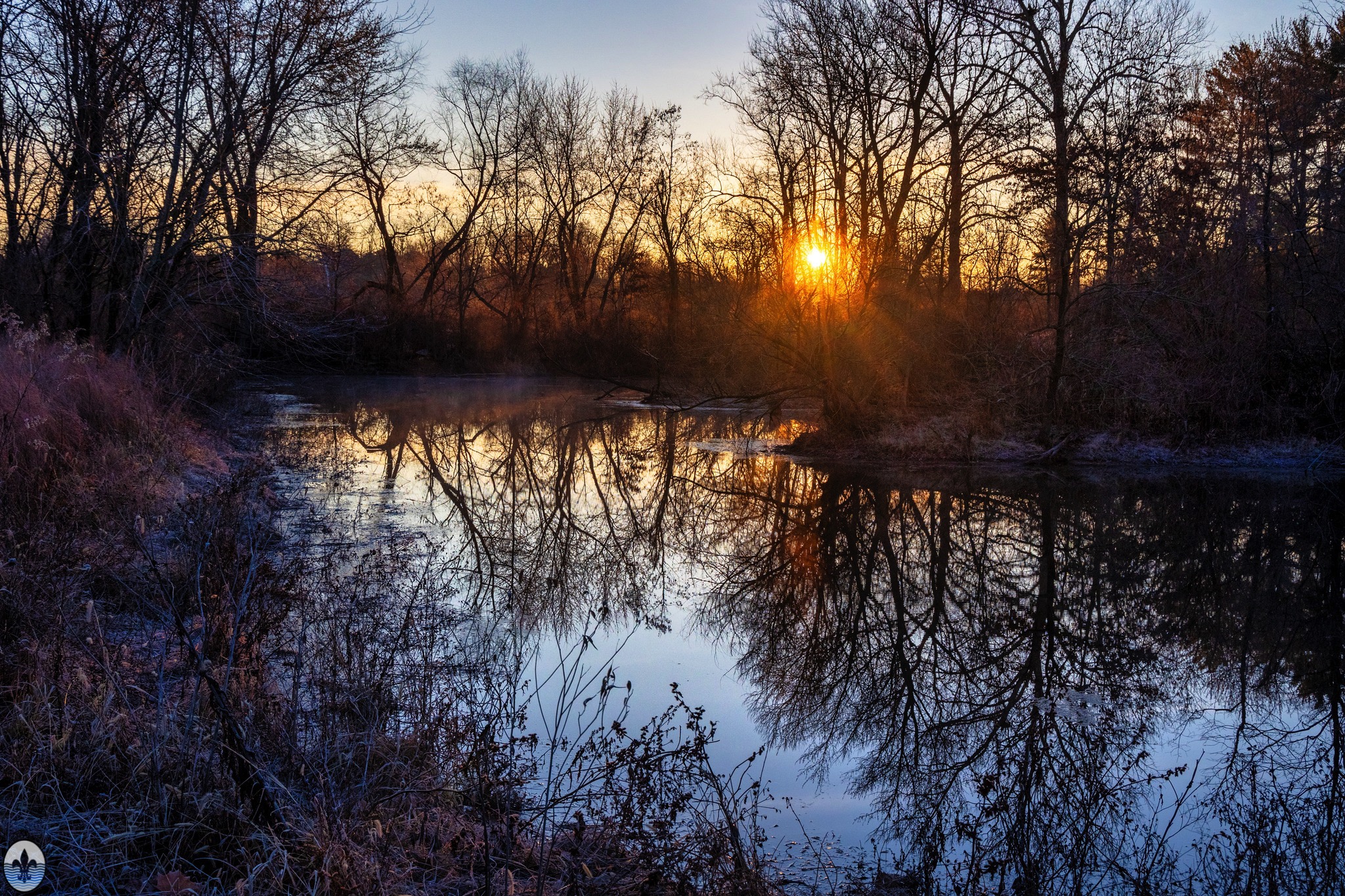
photo by Maureen Minich

